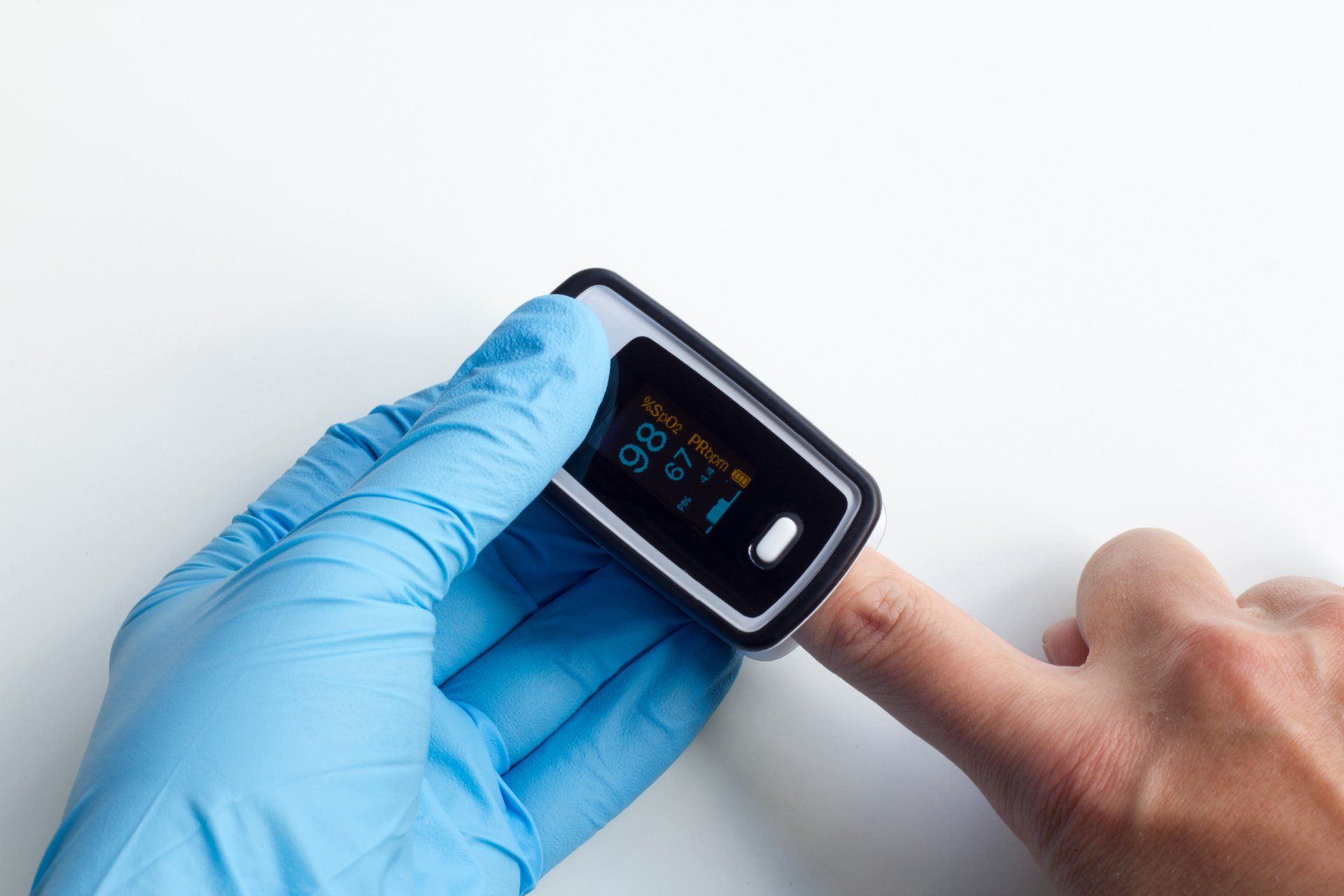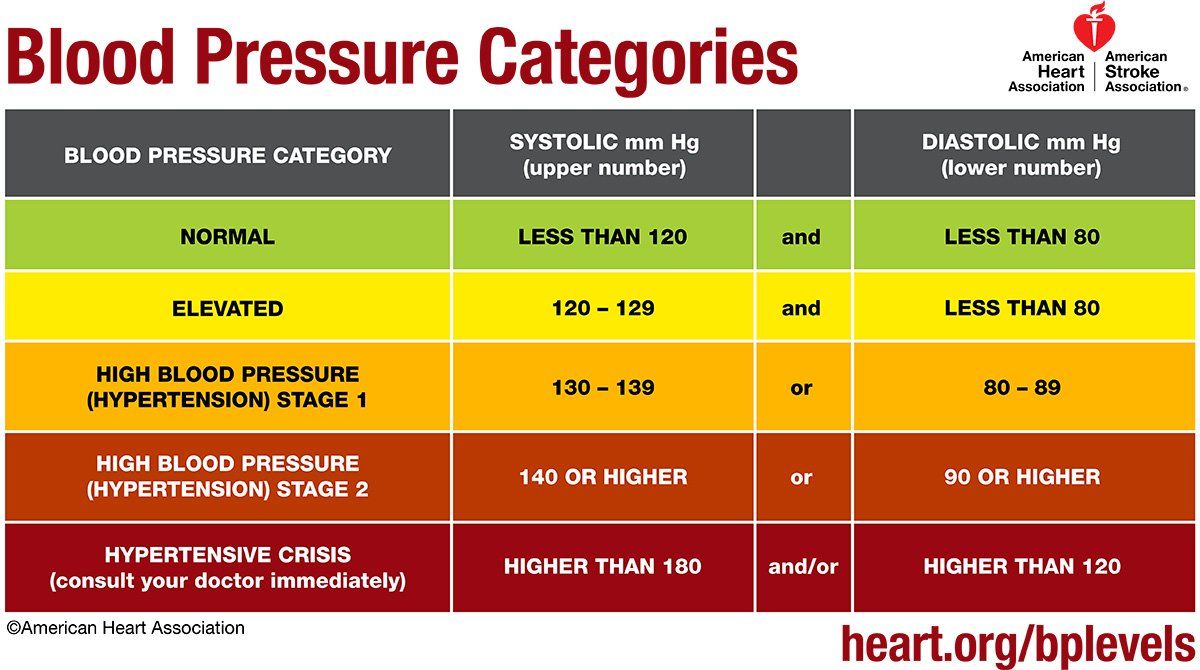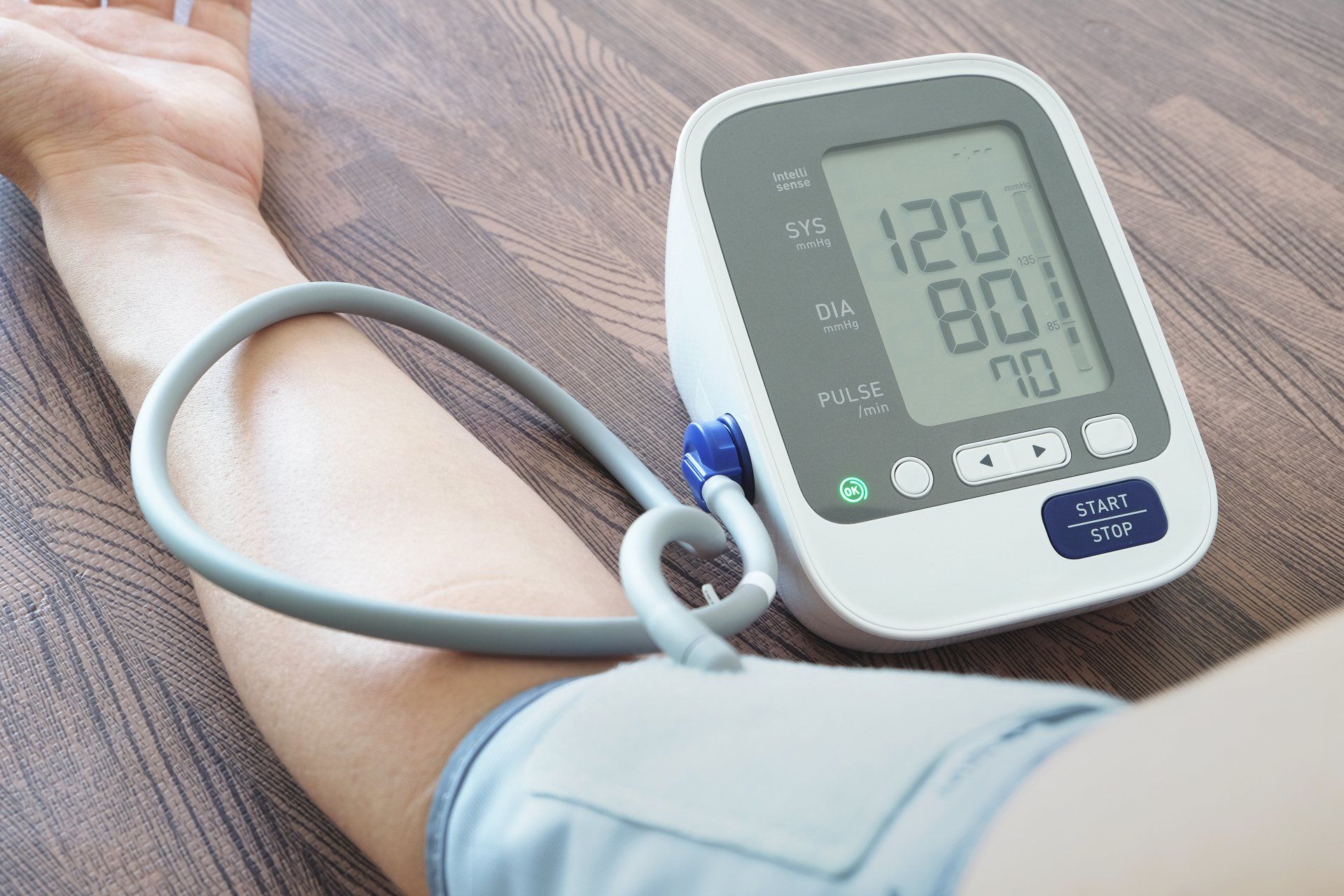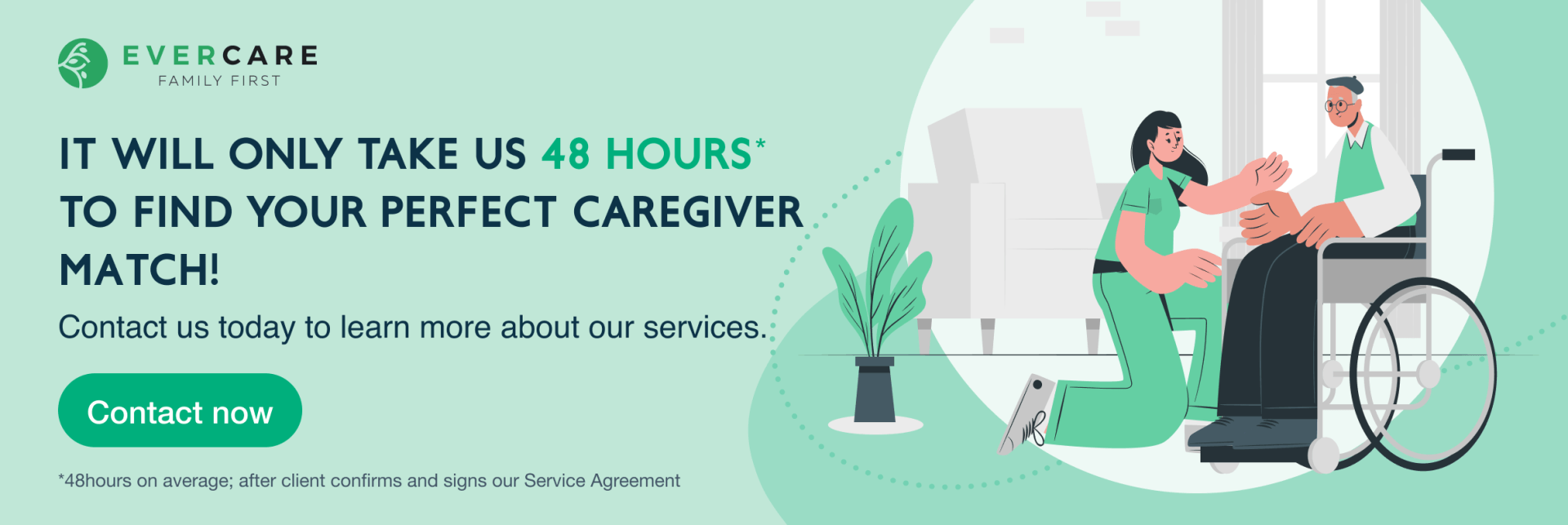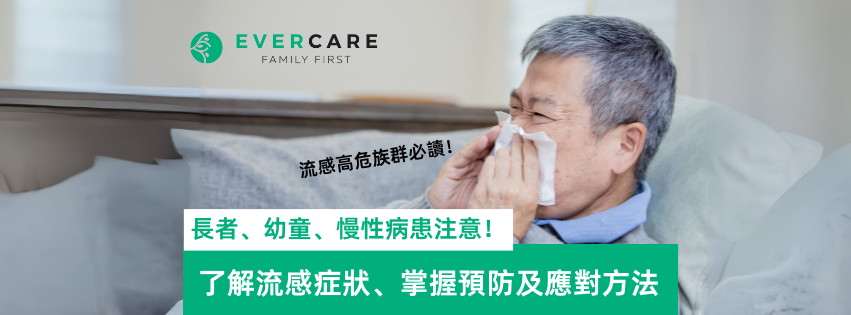Vital signs are one of the best indicators of overall health. As a caregiver, it’s important to understand what these numbers mean and what they tell you about your loved one’s current health and possible risk factors. If your loved ones require extra support at home, Evercare's care professionals can monitor patients' vital signs, respond to unexpected situations, and provide a comprehensive range of home care services 24/7.
Keep reading to learn everything you need to know about taking vital signs at home.
Vital signs is generally a collection of 4-6 sets of numbers, including oxygen saturation, blood pressure, pulse rate, respiratory rate, and temperature. Vital signs should be monitored and recorded regularly with precision, consistency, and diligence. Regular surveillance allows caregivers to track changes in patient conditions, recognise early deterioration and prevent adverse outcomes.
Download this FREE vital signs record sheet to document the readings so you can keep tabs on the changes.
1. Oxygen saturation
The oxygen levels in our blood tell us how well oxygen is transported through the bloodstream to other body parts. It helps caregivers and doctors determine if the heart and lungs are functioning properly.
- How do you measure the oxygen in your blood?
Measure your oxygen saturation with a pulse oximeter. Pick a finger that is warm and pink, with good blood circulation. Place the device on the nail bed. The probe should not be too tight on the finger (which would constrict the circulation), nor should it be too loose.
- When should you be aware?
A normal reading of your blood oxygen level (SpO₂) is typically between 95%-100%. However, if you suffer from Chronic Obstructive Pulmonary Disease (COPD), these ranges may not apply. If you’re not sure what is normal for your specific condition, you should consult a doctor.
When the SpO₂ goes below 95 percent, it suggests Hypoxemia, which can lead to low oxygen levels in the tissue and organs (Hypoxia), causing problems such as headaches and shortness of breath. In severe cases, it can damage heart and brain functions and even lead to death.
- Tips to prevent a false reading
- Simply rub your hands together to warm your hand and fingers before taking the measurements.
- Keep your hand still because any movement can interfere with the light and produce false numbers.
- Gel nails and nail polish can produce inaccurate measurements of SpO₂, as they block the light transmission. Remove any polish from your nails before using the device.
2. Blood Pressure
Checking your blood pressure regularly at home is an important part of managing hypertension, which can increase the risk of heart disease, stroke, and other cardiac conditions, and is a major cause of premature death worldwide.
- How do you measure your blood pressure?
Measure your blood pressure with a blood pressure monitor. Measurement should be taken at around the same time each day. A blood pressure reading consists of two numbers in millimeters of mercury (mmHg):
- Systolic pressure (the first number): the pressure in the blood vessels when the heart contracts to pump blood.
- Diastolic pressure (the second number): the pressure when the heart relaxes between beats.
- When should you be aware?
Blood pressure fluctuates throughout the day and varies with emotions and different levels of physical activities. Check out the graph below to understand what’s considered normal or unusual, as recommended by the American Heart Association.
- Tips to prevent a false reading
- Get in the right posture. Be seated comfortably with the back supported. Uncross your leg, and make sure your arm is supported and your upper arm is at the same level as your heart.
- Do not exercise, smoke, or have foods or drinks containing caffeine (such as tea or coffee) at least 30 minutes before measurement. Rest and relax for 5 minutes without distractions (e.g., watching television).
- Wear loose-fitting clothes.
How we can help:
At Evercare, our professional caregivers regularly monitor patients’ vital signs to evaluate their health status. If you would like to find at home support for your loved ones,
find private nursing and home care services or call us at
3905 4000.
3. Pulse Rate (Heart Rate)
Your pulse rate is the number of times your heart beats per minute. Measuring your pulse rate provides a real-time snapshot of your heart health. Your pulse rate and regularity can change and may signify a heart condition or other developing problems that need to be addressed. In an emergency, your pulse rate can help find out if the heart is pumping enough blood.
- How do you measure your pulse rate?
You can easily measure your pulse rate on the inside of your wrist (below your thumb), or on the side of your neck, where your carotid artery is located. Here’s what you have to do:
- Gently place your first three fingers on the artery. Do not use your thumb because it has its own pulse rate.
- Count the beats for 30 seconds; then multiply the result by two to get the number of beats per minute (BPM).
If you are to check your elderly loved one’s pulse rate in the carotid artery, be careful not to press too hard, they may become lightheaded and fall. If you have trouble measuring your pulse rate, you can buy an electronic pulse meter to automatically check your pulse rate in your finger, wrist, or chest.
- When should you be aware?
Your pulse rate typically lies between 60 BPM and 100 BPM. Active people often have a lower resting pulse (as low as 40) because their heart muscle is in better condition and doesn’t need to work as hard to maintain a steady beat.
If your resting pulse goes over 100 BPM, it’s not necessarily due to heart disease. There are a wide variety of non-cardiac factors that can speed the heart rate, including medication, air temperature, and overuse of caffeine. Speak to your doctor if you think your pulse is unusually high or low.
4. Respiratory Rate
The respiration rate is the number of breaths a person takes per minute. A normal respiratory rate tells you whether or not the balance of oxygen and carbon dioxide in your body is even.
- How do you measure your respiration rate?
To measure the respiratory rate, simply count the number of times the chest rises and falls for 30 seconds and multiply the number by two. One complete breath comprises one full rise (inhalation), followed by one fall (exhalation).
As you count, assess the depth (laboured or unlaid) and the rhythm (regular or irregular) of your breaths.
- When should you be aware?
Normal adult breathing rate is 12-20 breaths per minute. If the breathing rate goes below or above the normal rate, it can be a sign of central nervous system dysfunction or something serious, like an asthma attack or heart attack.
- Tips to prevent a false reading
- Always measure your respiratory rate at rest because exercise or even walking across a room can affect a person’s respiratory rate.
- If the rhythm of breaths is irregular, instead of counting for 30 seconds, you might need to count for one full minute.
You might also like :
5. Body Temperature
- How do you measure your body temperature?
Your body temperature can be measured in many places on your body, which gives a range of body temperature. You can take a patient’s temperature
- by mouth (oral temperature)
- by ear (tympanic temperature)
- by the rectum (rectal temperature)
- on the skin of the forehead over the temporal artery
- under the armpit (axillary temperature)
Taking a rectal measurement generally provides the most accurate measurement of core body temperature. Rectal and tympanic temperatures are usually 1° higher than the oral temperature. Temperatures collected via the axillary or the temporal route will be 1° lower than the oral temperatures.
- When should you be aware?
The normal body temperature of a person varies depending on gender, recent activity, food and fluid intake, time of day, as well as the stage of the menstrual cycle. For a healthy adult, normal body temperature can range from 36.5°C (97.8°F) to 37.2°C (99°F).
In most adults, an oral temperature above 37.6°C (99.7°F) or a rectal or ear temperature above 38.1°C (100.6°F) is considered a fever. Hypothermia occurs as your body temperature falls below 35 °C (95 °F).
In general, fever is a sign one’s body is fighting an infection. A persistent low-grade fever is a sign of an underlying issue. In other cases, a fever may also occur as a reaction to medicines or severe trauma or injury, such as heart attack, stroke, or heatstroke. Download Evercare’s free body temperature log sheet to better monitor your loved ones’ health condition.
- Tips to prevent a false reading
If you’ve just taken a hot bath or completed an intensive exercise, wait at least an hour before taking your temperature. Wait at least 20-30 minutes after you smoke, eat, or drink a hot or cold liquid.
其他話題 Other Topics
最新的文章 Latest Posts

喜歡我們的文章嗎?
超過3,000位照顧者已經訂閱我們的資訊!訂閱我們的資訊,你可獲得免費護理工具、專家護理知識和同路人分享。立即訂閱,也可以隨時取消。請在此填寫你的姓名和電郵地址:
